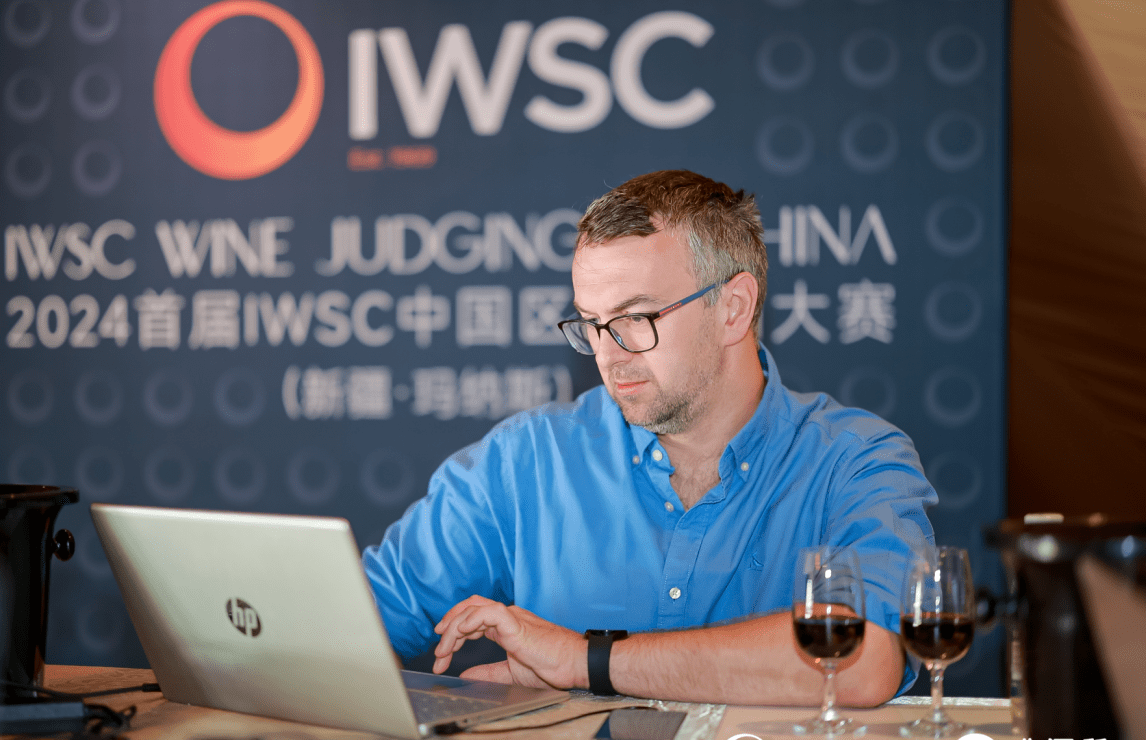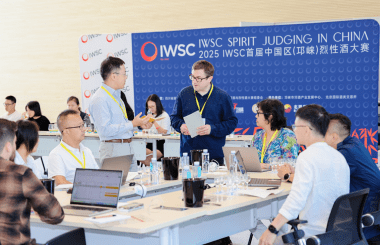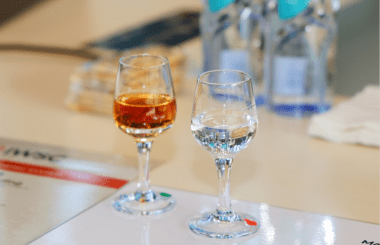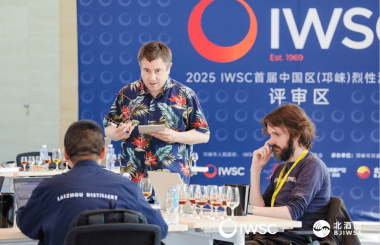IWSC Wine Judging in China: judges’ deliberations
This week, our series of 2024 Global Judging events continued in China. Our team of international judges headed to Xinjiang to taste Chinese wines in situ and to meet local wine producers. We caught up with our experts to hear their thoughts on the quality of the wines tasted.
The IWSC’s first Chinese Wine Judging in partnership with the Xinjiang Tianshan Mountains North region saw just shy of 300 entries from across the country. Our international judging team was led by Susie Barrie MW who was joined by several of the UK’s prominent wine experts: Isa Bal MS, Antony Moss MW, Beth Kelly MW, Igor Sotric, Will Hill and Dror Nativ MW. Local, Chinese wine professionals, Natalie Wang, Demei Li and Derek Li also joined the panel bringing their invaluable insight and experience.
The judges were delighted by the diversity of grape varieties and styles of Chinese wines, noting that many entries showed high quality and skilful winemaking.
Cabernet Sauvignon flights demonstrated varietal typicity which was particularly true for wines from the Hebei region. “The best examples showed world-class expressive aromatic profiles and an impressive structure allowing the wines to age gracefully,” shared the judges.
A Hebei Cabernet Sauvignon earned a gold medal, the judges proclaiming it an “Olympic contender” admiring its “herbal, minty, jasmine tea” character with notes of “blackcurrant and raspberry, soft leather spice box, sweet gentle vanilla and great aftertaste”.
The judges also spoke highly of Cabernet Sauvignon wines from Tianshan Foothill. “We had an interesting flight of Tianshan Foothill Cabernet Sauvignon - some very different blends and so there were differences in some of the fruit character & perfume. Some of the wines did have a bit of a gritty style tannins, but in other wines, there was more elegance in style.”
One of the gold-winning Tianshan Northern Foothills Cabernets displayed “dark fruit on the nose, with coffee and chocolate notes, complexity from a tobacco-like character and a slight herbaceousness. The palate is savoury with well-integrated tannins.”
Other note-worthy Cabernet Sauvignons came from Penglai in Shangdong. The best examples “showed more restraint of fruit and more of an elegance,” said our judges noting that “alcohol is a watch up with a lot of wines coming in at 15% and adding a hot quality to the wines”.
Bordeaux blends were another highlight of the judging. “Ningxia stood out for Bordeaux blends in terms of ageability and elegance, as well as a tannic structure that supported their age-worthiness, and this flight generated the most gold medal-worthy wines,” revealed the judges. A gold-winning Bordeaux blend from Ningxia impressed our judges with its“fine toasty aromas. Firm and well-integrated tannin, balanced well by a full body and cassis fruit. Shows some complexity with cigar box and mineral notes.”
One of the panels was impressed with the quality of Cabernet Franc, noting the high potential for this variety in China, with the styles ranging “from very ripe to classic red fruit and expressive leafy notes”.
A Cabernet Franc from Shandong earned a strong gold, the judges describing it as a “classic Cabernet Franc” with “smooth velvety tannins, seamlessly integrated with plush fruit, vanilla, pinewood, mint, tobacco and black fruit.”
Marselan, often called the “signature grape of China”, didn’t fail to impress with some “distinct and enjoyable” examples on show. Some of the best expressions came from Helan Mountain. The judges tasted “many delicious wines with the best showing broad fruit spectrum including fresh floral and white fruit elements. The best had careful oak that allowed the fruit to shine magnificently. Lesser examples still pleasant, but would have been better if oak was a little more subtle,” noted the judges.
One of the Marselans from Helan Mountains earned a gold, the judges describing it as “rosemary and roasted sage over sweet mulling spices. Lovely palate, strong peppery and cloves but nice blackcurrants and cherries, very enjoyable”
There were also some good examples from Xinjiang, said the judges: “The best ones were inky in colour with lots of dark fruit, spicy and slightly warm alcohol, but plenty of body to support.”
Overall, the judges agreed that Marselan “has potential when care is taken in winemaking, where the best examples showed bright, attractive cherry fruit”.
The judges also commended the Chardonnay flight, noting that “a very distinct Chardonnay character was found across the board and it was very encouraging to see good use of oak throughout the flight”. One of the Chardonnays from Xinjiang earned a gold medal, the judges admiring its mineral character with “generous tropical fruits, notes of mango, star fruits and hints of gun powder. Generous, fruity on the palate, balanced with good acidity. A well-made and delicious Chardonnay.”
Overall, the judges described their tasting experience as “invigorating” and “educational” noting that they were pleased to see many high-quality wines on show. The medal results of the IWSC Wine Judging in China will be announced on Monday 2 September.



